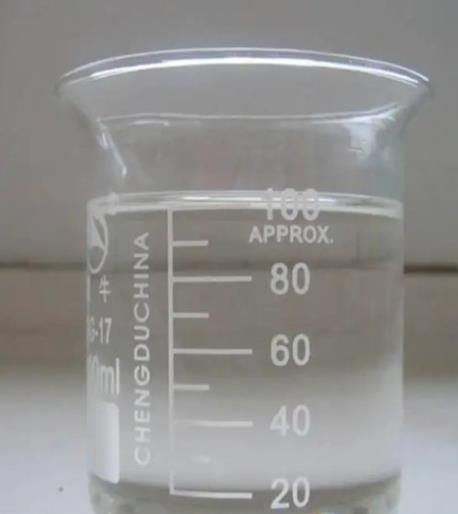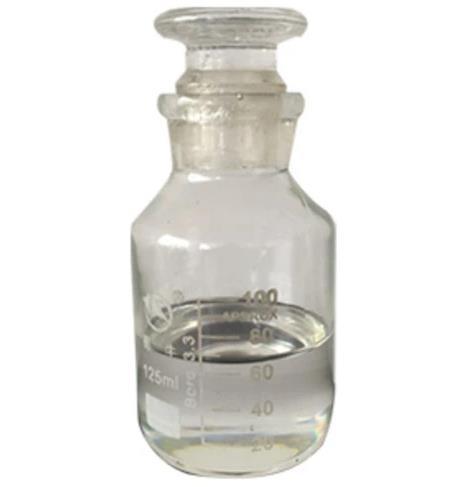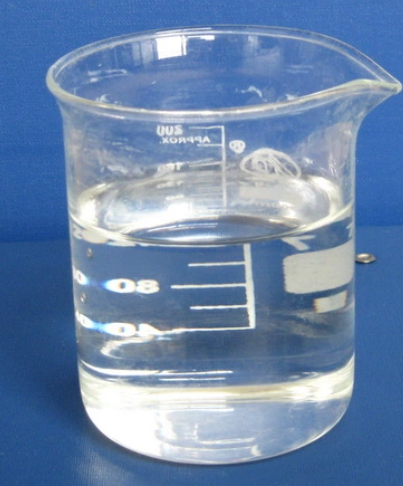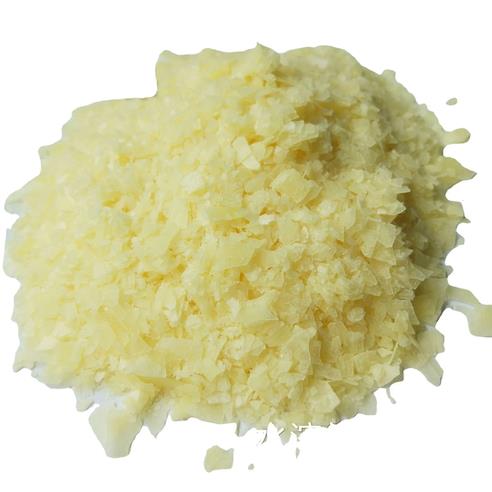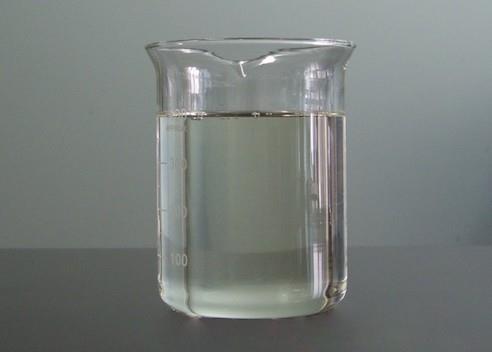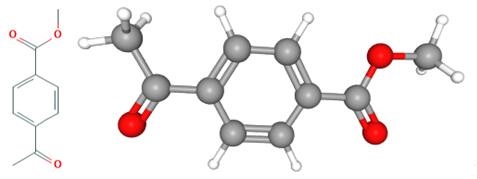Esters
More
Less
In chemistry, an ester is a chemical compound derived from an acid (organic or inorganic) in which at least one –OH (hydroxyl) group is replaced by an –O–alkyl (alkoxy) group.[1] Usually, esters are derived from a carboxylic acid and an alcohol.



